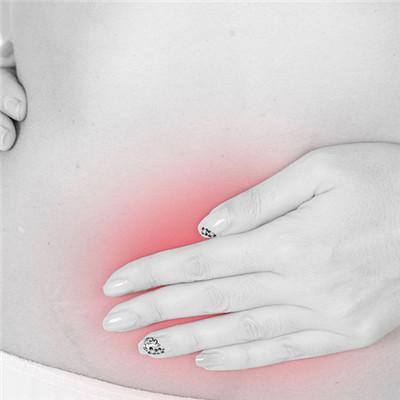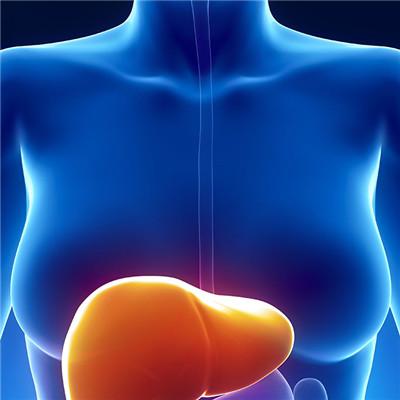Esophageal atresia in infants?
summary
Esophageal atresia is a congenital esophageal malformation with an incidence rate of 1/3000 to 1/4000. The reason is that the embryo develops to third to 6 weeks, and develops dysplasia, resulting in esophageal isolation, blind end, or communicating with the trachea and bronchus to form an esophageal bronchial fistula. Esophageal atresia in infants? Let's talk about it
Esophageal atresia in infants?
Children often show excessive saliva at 1~2d after birth. Foam fluid spills from the mouth and nasal cavity, sometimes with cough, shortness of breath and temporary cyanosis. Typical symptoms appear after the first feeding. The child begins to cough after sucking one or two mouthfuls of milk,

Then the milk from the nostril or oral reflux overflow, appear dyspnea, cyanosis, this is due to the food quickly filled with the blind bag near the esophagus, back into the trachea, bronchus results.

The blind end of esophagus can be found by chest X-ray after instillation of 25% water-soluble iodine or 0.5 ~ 1ml of air through catheter. In recent years, some scholars opposed the use of contrast agent, because 80% of the patients with pneumonia after using contrast agent, while only 44% of the patients without contrast agent had pneumonia. Therefore, esophagography should be used with caution when V-type esophageal atresia is suspected. Methylene blue can be injected into the trachea for fiberoptic esophagoscopy. If blue is found in the esophagus, it is helpful for the diagnosis.

matters needing attention
Conclusion: Thoracoscopic ligation of type Ⅲ B esophageal atresia fistula and esophagogastrostomy is a feasible surgical approach. It has the advantages of small blow, light chest wall damage, fast postoperative recovery and obvious minimally invasive effect. Whether the satisfactory distance between the two ends of the esophagus can be obtained during the operation is an important factor affecting the operation. The incision of minimally invasive surgery is smaller and more beautiful than that of thoracotomy, but postoperative esophageal stenosis and anastomotic leakage may still occur.

















